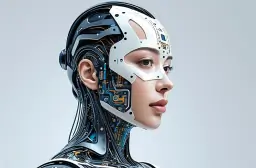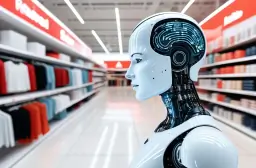How Artificial Intelligence is Changing the Workplace
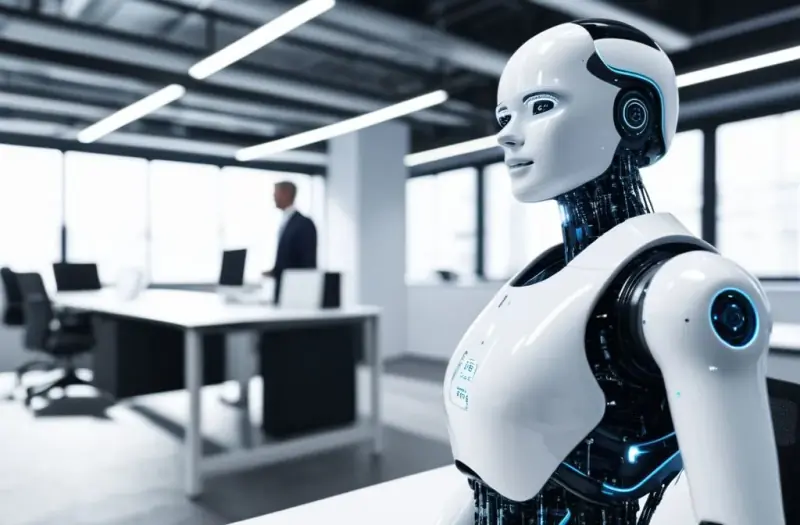
Table of Contents
Artificial intelligence (AI) is no longer just a futuristic concept; it’s already transforming the way we work today. From improving productivity to reshaping entire industries, AI is influencing workplaces in ways we never imagined. As organizations across the United States adopt AI technologies, workplace automation and innovation are rapidly accelerating. In this article, we’ll explore how AI is changing job roles, boosting efficiency, and enhancing overall business operations.
The Rise of AI in Work Environments
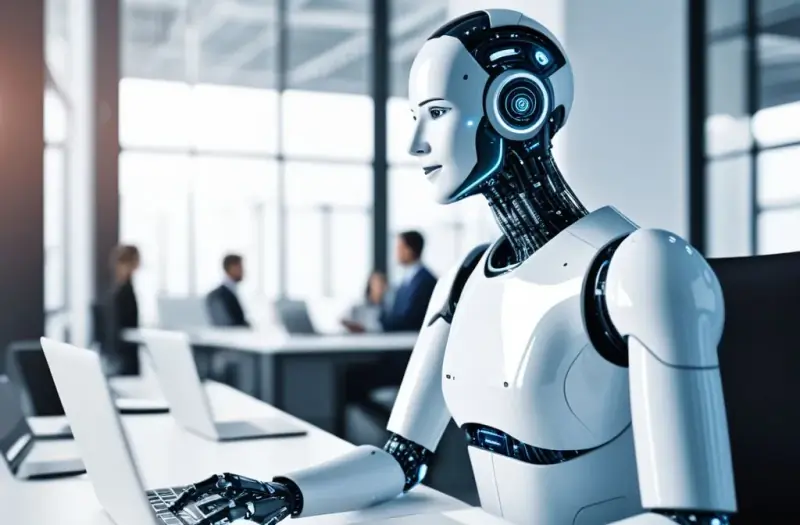
The integration of AI into workplaces has become a game-changer. AI-powered tools are streamlining processes that were once time-consuming and labor-intensive. Whether it’s automating routine tasks or providing intelligent insights, AI is reshaping the modern work environment.
One of the key benefits of AI is its ability to handle repetitive tasks, allowing employees to focus on more strategic responsibilities. For example, AI-powered chatbots now handle customer service inquiries, while machine learning algorithms analyze vast amounts of data for more informed decision-making. These AI-driven solutions are transforming work environments by increasing both productivity and accuracy.
Moreover, AI-enabled business transformation goes beyond simple automation. It is driving innovation by enabling companies to predict trends, anticipate customer needs, and even personalize services. This is leading to AI-powered job evolution, where traditional roles are being redefined by technology.
AI-Driven Workplace Automation
AI-driven automation is perhaps one of the most visible ways in which AI is changing the workplace. Machine learning in business operations is enabling companies to optimize workflows and eliminate inefficiencies. Automation tools, such as robotic process automation (RPA), are used to handle mundane tasks like data entry, invoice processing, and scheduling.
For businesses, this means faster execution and fewer human errors. For employees, it means a shift towards roles that require creativity, critical thinking, and emotional intelligence. The fear that AI will replace jobs is often exaggerated—what AI truly does is reshape job functions by freeing workers from repetitive, low-value tasks.
Furthermore, AI is being used to optimize workforce management. AI-based systems can predict staffing needs, manage employee schedules, and even suggest training programs to enhance employee skills. This AI-enhanced employee productivity is helping organizations become more agile in adapting to market demands.
AI and Workforce Adaptation
As AI technology advances, businesses must also help their employees adapt to these changes. The integration of AI into daily operations requires workers to learn new skills and embrace digital transformation. AI-driven workforce adaptation involves not only reskilling and upskilling employees but also creating a culture that embraces technology.
For instance, organizations are investing in AI-driven learning platforms that offer personalized training programs. These platforms use intelligent automation in workplaces to analyze employee performance and recommend courses that target skill gaps. This ensures that employees are continuously learning and staying competitive in an AI-enhanced job market.
In addition, fostering a collaborative environment where AI tools work hand-in-hand with human employees is critical. Instead of fearing AI as a competitor, employees should view it as a tool that empowers them to perform better and focus on higher-level responsibilities.
The Role of AI in Organizational Efficiency
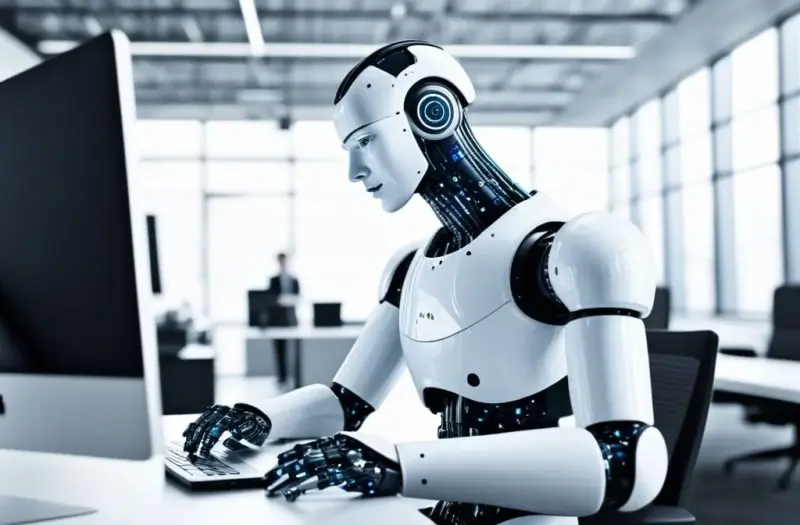
AI is also playing a significant role in improving organizational efficiency. AI-powered job evolution is about more than just task automation; it involves leveraging data and analytics to make better business decisions. For example, AI can analyze market trends, forecast demand, and optimize supply chain operations, all in real-time.
Businesses are using AI-enabled business transformation to enhance decision-making processes. With AI, leaders can gain valuable insights into customer behavior, operational bottlenecks, and market opportunities. This helps companies stay ahead of competitors and adapt more quickly to changes in the business environment.
Moreover, AI helps improve the efficiency of human resources departments by automating processes such as recruitment, performance evaluations, and employee engagement. AI-based systems can analyze candidate profiles, track employee performance, and even predict future leaders within the organization.
AI Reshaping Job Functions
As AI continues to reshape job functions, employees are finding themselves in more dynamic roles. Rather than performing the same tasks day in and day out, workers are now responsible for overseeing and managing AI-powered systems. For example, instead of manually processing invoices, an employee might now manage an AI-based invoicing system and troubleshoot any issues that arise.
AI is also enabling automation in the modern workplace by creating hybrid roles that combine technical and non-technical skills. For example, marketing professionals are using AI to analyze customer data and create targeted campaigns, while healthcare workers are using AI-driven diagnostic tools to improve patient outcomes.
AI in Workforce Collaboration
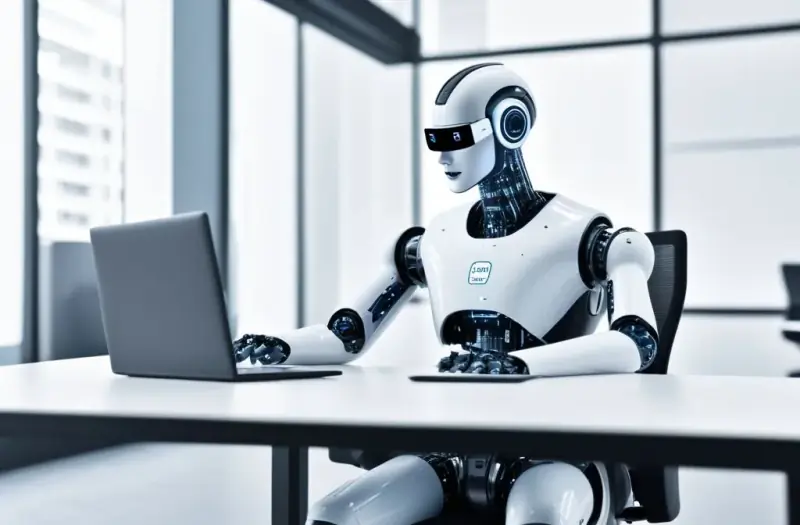
AI is not just about automation; it’s about enhancing collaboration across teams and departments. Tools such as AI-powered project management platforms help teams stay organized, allocate resources effectively, and meet deadlines. These platforms use digital transformation through AI to streamline communication and ensure that everyone is aligned with company goals.
Moreover, AI is transforming how we interact in virtual work environments. Virtual assistants, such as AI-powered meeting schedulers and communication platforms, are helping remote teams stay connected and productive. AI also plays a role in virtual collaboration by analyzing meeting notes, setting reminders, and suggesting action items.
Intelligent Automation in Workplaces
One of the most exciting developments in AI is intelligent automation, where AI systems can not only execute tasks but also learn from their performance to improve over time. For example, AI algorithms in customer service can analyze interactions and adjust responses to provide better service in the future.
This type of automation allows businesses to scale efficiently while maintaining quality. It also leads to improved customer satisfaction, as AI systems become more accurate and responsive.
FAQs
What is AI-driven workplace automation?
AI-driven workplace automation refers to the use of AI technologies, such as machine learning and robotic process automation, to streamline tasks, reduce human errors, and increase efficiency.
How does AI improve employee productivity?
AI enhances employee productivity by automating repetitive tasks, allowing workers to focus on more strategic, high-value responsibilities that require creativity and critical thinking.
Will AI replace jobs in the future?
While AI may replace certain tasks, it is more likely to reshape job functions and create new roles that focus on managing and optimizing AI systems. Employees will need to adapt by learning new skills.
How can businesses prepare for AI integration?
Businesses can prepare for AI integration by investing in reskilling and upskilling programs, fostering a culture of collaboration between humans and AI, and using AI-driven tools to enhance decision-making processes.
What industries are most affected by AI?
Industries such as manufacturing, healthcare, finance, and customer service are among the most affected by AI, as they use AI-driven systems for automation, data analysis, and process optimization.
Conclusion
AI is undeniably changing the workplace, but it’s not something to fear—it’s something to embrace. AI transforming work environments means more efficiency, better decision-making, and new opportunities for employees. As AI continues to evolve, businesses must focus on AI-enabled business transformation and ensure that their workforce is prepared to adapt. The future of work will be shaped by our ability to collaborate with AI, creating smarter, more efficient workplaces.
Key Takeaways
- AI is reshaping job functions by automating repetitive tasks and enabling employees to focus on more strategic roles.
- AI-driven workplace automation is increasing productivity and reducing errors in business operations.
- Employees must embrace digital transformation and upskill to remain competitive in the AI-powered job market.
- Intelligent automation is helping organizations improve decision-making, optimize workflows, and enhance collaboration.
- The future of work will be a blend of human creativity and AI-enhanced business operations, leading to more innovative and efficient workplaces.
Popular Tags
ADS SPACE HERE
